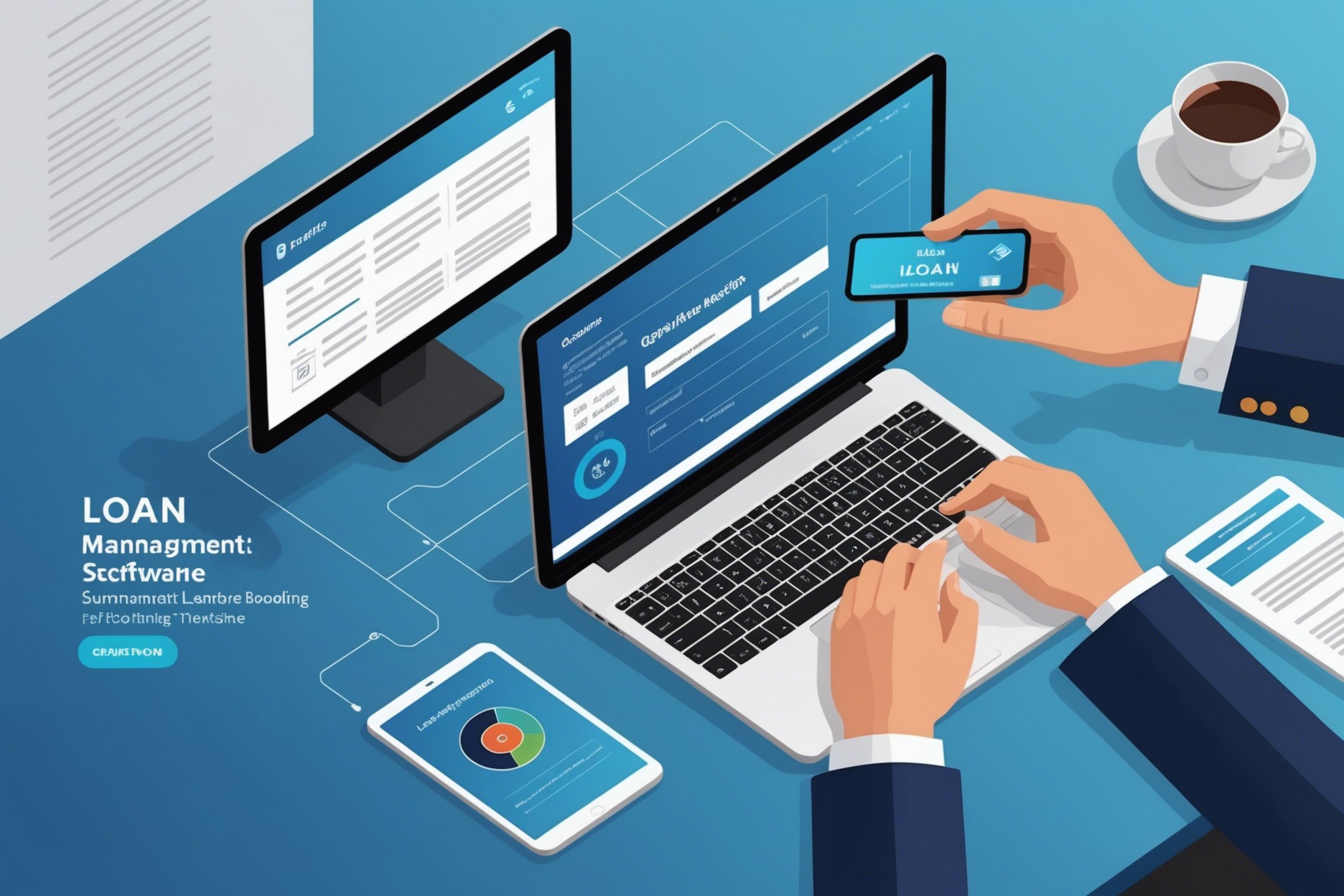Designing a modern laboratory isn’t just about arranging tables and shelves—it’s a sophisticated process that directly impacts productivity, safety, compliance, and operational efficiency. Today’s laboratories, whether in healthcare, pharmaceuticals, research, or education, require a blend of advanced design thinking, ergonomic planning, and industry-specific customization.
Hiring an expert laboratory interior designer ensures that your space doesn’t just look good—it works smarter. In this blog, we explore why professional design expertise is essential for building a future-ready lab.
1. Understanding of Industry-Specific Requirements
Each laboratory type—be it a wet lab, dry lab, cleanroom, or testing facility—has unique spatial, safety, and environmental requirements. Expert designers bring deep domain knowledge, helping you:
- Choose the right layout based on work processes
- Integrate specialized storage for chemicals, reagents, or samples
- Plan for temperature control, ventilation, and utility distribution
- Follow sector-specific standards (GLP, ISO, NABL, etc.)
A general interior designer may overlook these nuances, but a lab specialist understands the regulations and functional priorities that govern your operations.
2. Optimized Space Planning
In labs, space isn’t just a luxury—it’s critical for safety and efficiency. A skilled designer evaluates your available square footage and user needs to:
- Reduce clutter and workflow interruptions
- Ensure clear paths for movement and emergency access
- Balance equipment zones, wet areas, and workbenches logically
- Incorporate zones for storage, experiment, data entry, and disposal
This level of detail minimizes the risk of accidents, contamination, or downtime—ensuring seamless day-to-day operations.
3. Safety-First Design Approach
Laboratories handle volatile chemicals, high-voltage equipment, biohazards, and fragile instruments. Poor design could lead to severe safety issues such as spills, electrical hazards, or fume build-up.
An experienced lab designer ensures:
- Correct placement of fume hoods and exhausts
- Fire-safe materials and chemical-resistant surfaces
- Proper emergency exits and eyewash/shower stations
- Segregation of hazardous and non-hazardous zones
By planning with safety in mind from the start, expert designers help you reduce risks and meet local compliance norms.
4. Smart Integration of Utilities and Technology
Modern laboratories rely heavily on integrated systems—gas lines, HVAC, electrical, plumbing, and IT infrastructure. Poor utility planning can lead to inefficient workflows or costly reworks.
Professional designers coordinate seamlessly with MEP (Mechanical, Electrical, and Plumbing) consultants and vendors to:
- Route utilities without obstructing work areas
- Future-proof spaces for automation and smart lab systems
- Incorporate energy-efficient and sustainable systems
- Provide accessible service points for maintenance
This coordination ensures a lab that’s both high-performing and easy to maintain.
5. Customization and Modularity
Every lab has different users and evolving needs. An expert designer helps tailor interiors based on:
- Team size and their work habits
- Equipment dimensions and usage frequency
- Flexibility for future expansion or reconfiguration
They incorporate modular furniture, mobile benches, adjustable shelves, and plug-and-play utility systems that can grow with your operations—saving time and money in the long run.
6. Ergonomics and Productivity
Scientific work often requires long hours of concentration in precise environments. Poor posture, inadequate lighting, or awkward furniture can reduce performance and even cause health issues.
Experienced lab designers focus on:
- Ergonomic workstations and seating
- Glare-free lighting and adequate ventilation
- Noise control through proper materials and zoning
- Comfortable circulation spaces
These small but critical enhancements improve morale, efficiency, and overall well-being of lab staff.
7. Visual Appeal and Branding
While function is the priority, form shouldn’t be neglected. A modern lab is often visited by clients, researchers, regulators, or investors. It should reflect professionalism and forward-thinking.
Design experts bring creative vision that:
- Aligns interiors with your brand identity
- Uses calming, clean color palettes
- Highlights innovation through clean, open aesthetics
- Incorporates glass partitions, digital displays, or smart lighting
A well-designed lab is a powerful marketing and reputation tool.
8. Compliance and Documentation
Lab interiors must comply with strict regulations. A professional designer understands the documentation and certification process, helping with:
- Drawings and layouts for regulatory approvals
- Material certifications and fire ratings
- Clear zoning for waste disposal and biohazard control
- Coordination with auditors or inspection agencies
This reduces the risk of project delays, shutdowns, or penalties due to non-compliance.
9. Cost Control and Long-Term Value
Many assume that hiring a designer increases costs—but the opposite is often true. A qualified lab interior designer:
- Prevents expensive design errors
- Reduces future renovation needs through scalability
- Optimizes utility consumption (energy, water, HVAC)
- Helps you avoid downtime due to poor planning
A well-designed lab pays for itself through greater productivity, fewer accidents, and higher user satisfaction.
Conclusion
Designing a modern laboratory isn’t a DIY project—it’s a highly specialized task that blends science, architecture, and operational strategy. Partnering with a qualified lab interior designer ensures that your facility is not only functional and compliant but also adaptable, inspiring, and built for the future.
Create a safe, efficient, and modern lab space with the best laboratory interior designer in Vadodara.
We specialize in customized lab layouts, storage solutions, and ergonomic designs.
Partner with us for precision planning and flawless execution.


